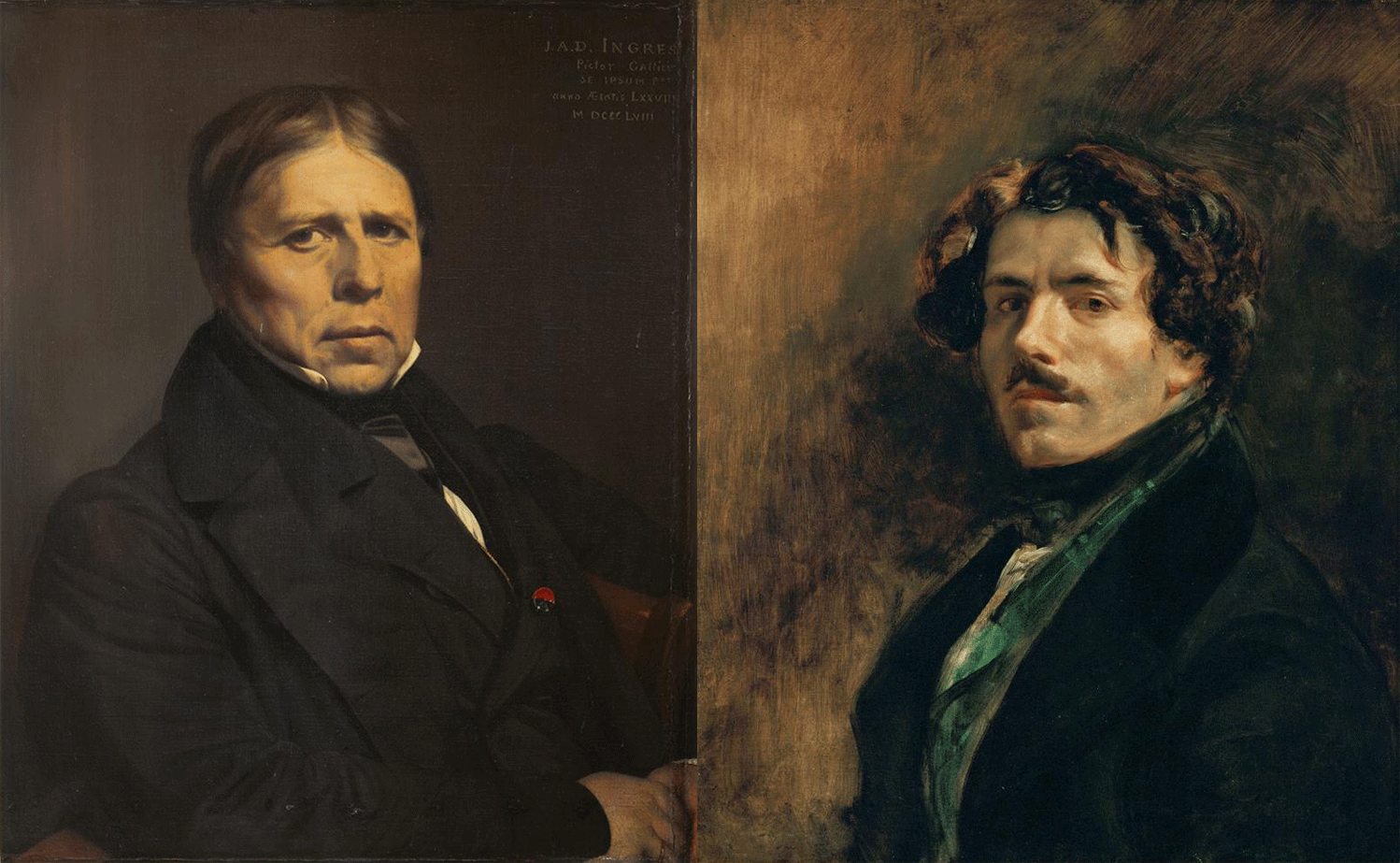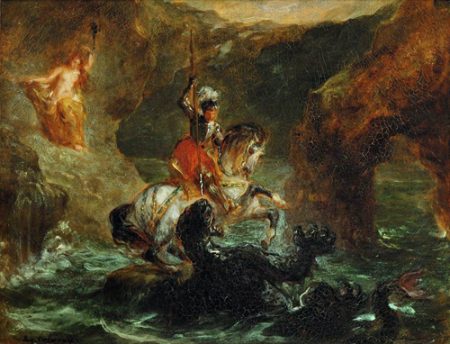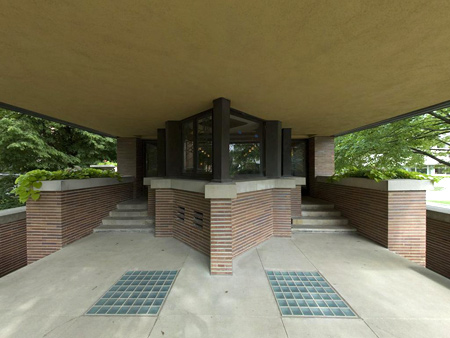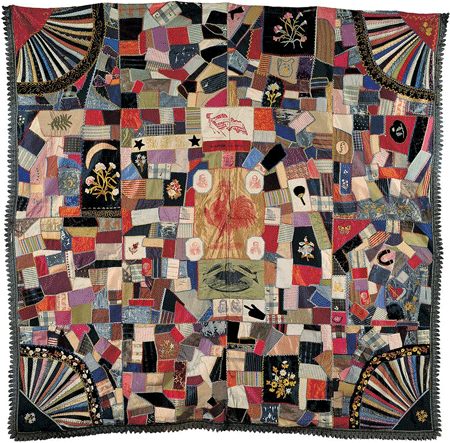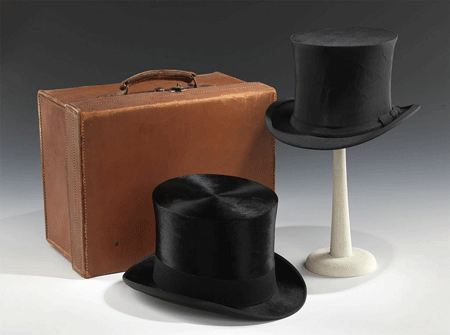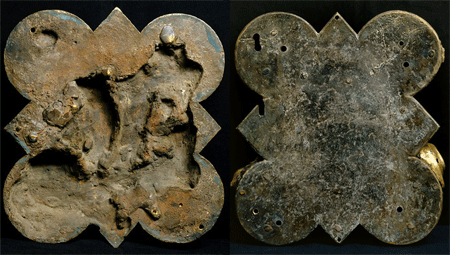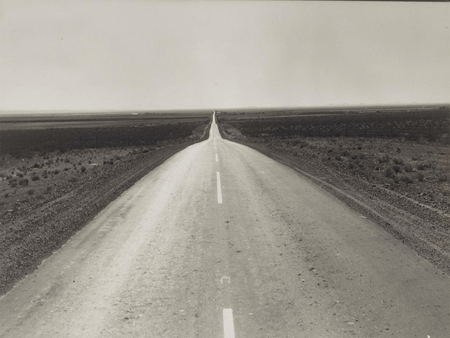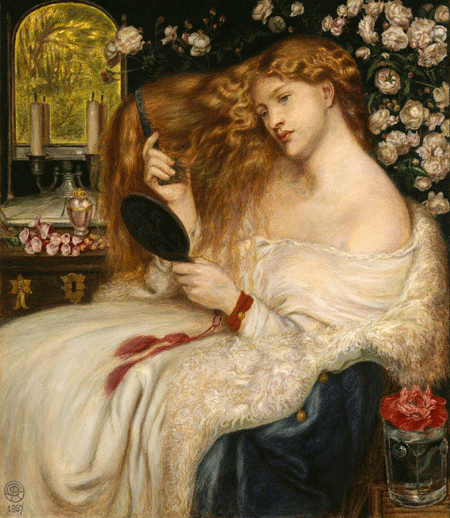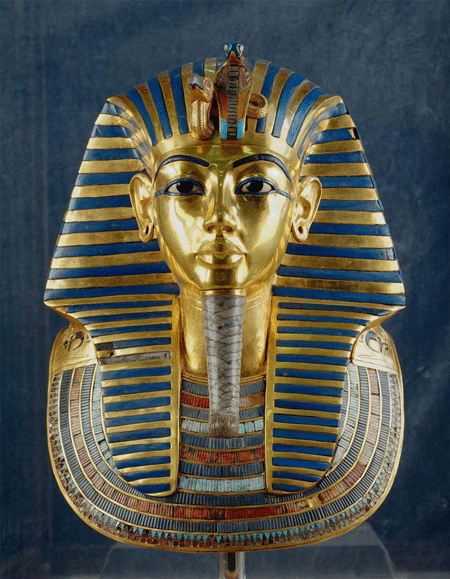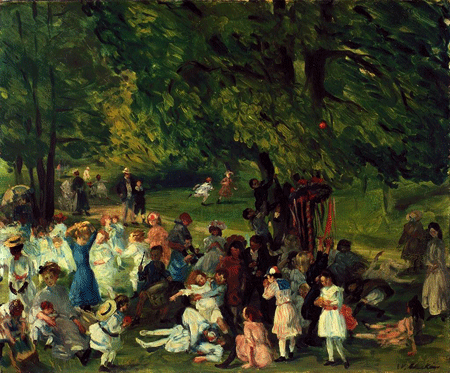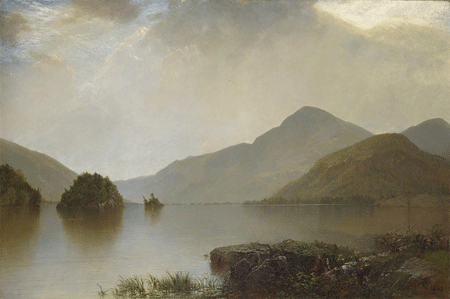
John Frederick Kensett | Lake George, 1869 | The Metropolitan Museum of Art | Image © The Metropolitan Museum of Art
Susan Dodge-Peters Daiss
McPherson Director of Education
Memorial Art Gallery of the University of Rochester
The idea of bringing works of art to the bedside of patients in the hospital emerged from two interwoven aspects of my professional life: for over 25 years, I have worked as a museum educator at the Memorial Art Gallery of the University of Rochester. I have also been trained and have served as a hospital and hospice chaplain. During my experiences as a chaplain, I began to wonder: What if the energy encountering artwork in a museum could be transported to the bedside? What if the visual arts had the potential to bring more than decoration to medical settings? What if they could bring comfort—deep comfort, and maybe even more?
